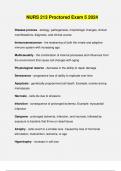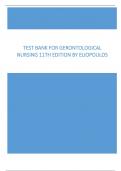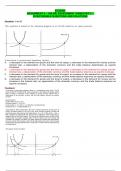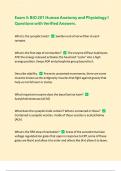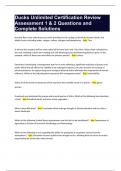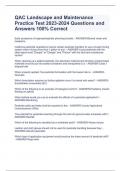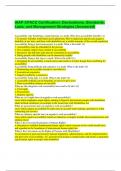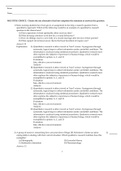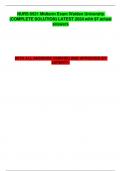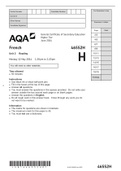Exam (elaborations)
NURS 213 Proctored Exam 5 2024/2025 questions and correct answers ( 100% verified correct answers )
- Course
- NURS 213
- Institution
- Chamberlain College Of Nursing
NURS 213 Proctored Exam 5 2024 NURS 213 Proctored Exam 5 2024 NURS 213 Proctored Exam 5 2024 NURS 213 Proctored Exam 5 2024 NURS 213 Proctored Exam 5 2024 Disease process - etiology, pathogenesis, morphologic changes, clinical manifestations, diagnosis, and clinical course Immunosenesce...
[Show more]
